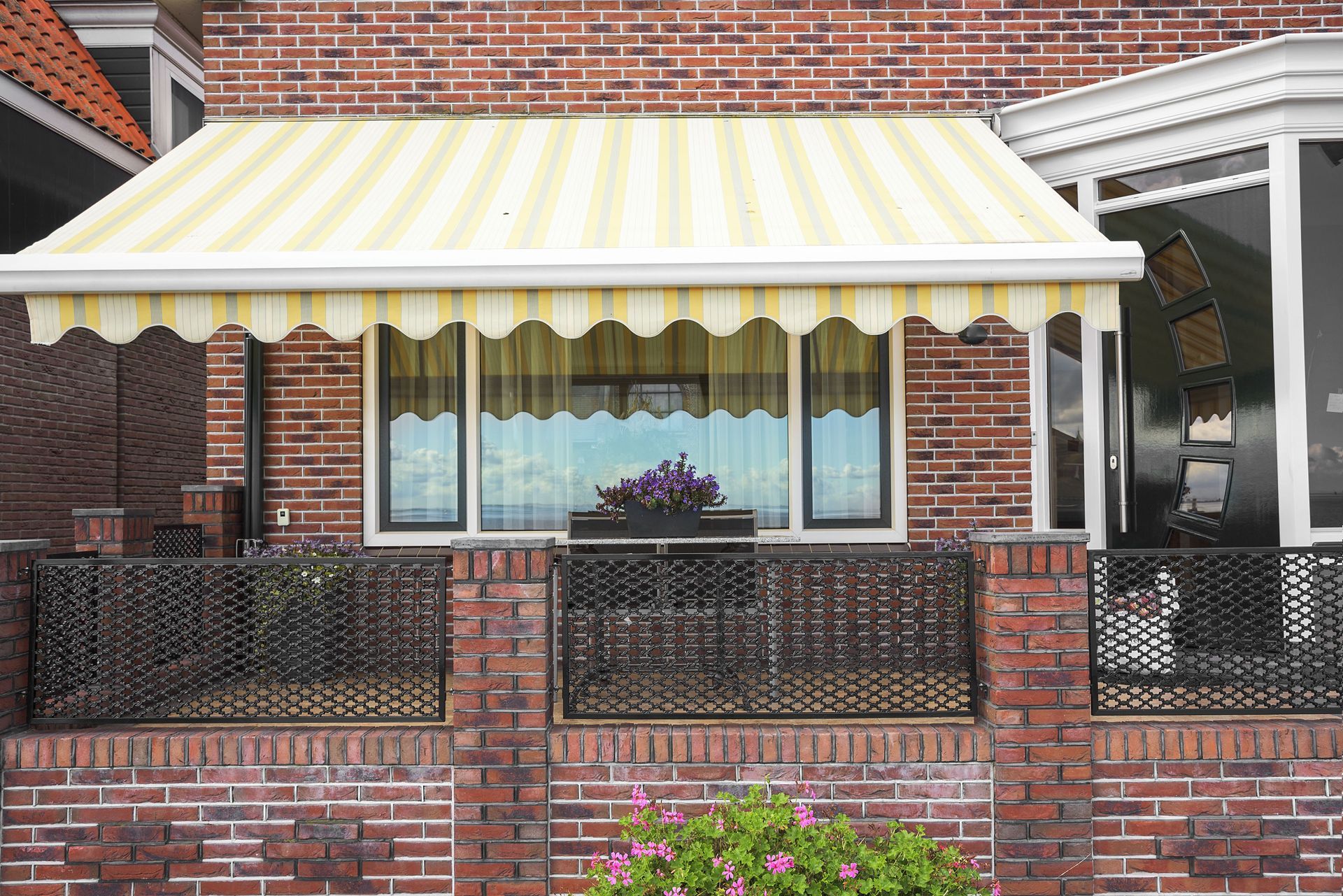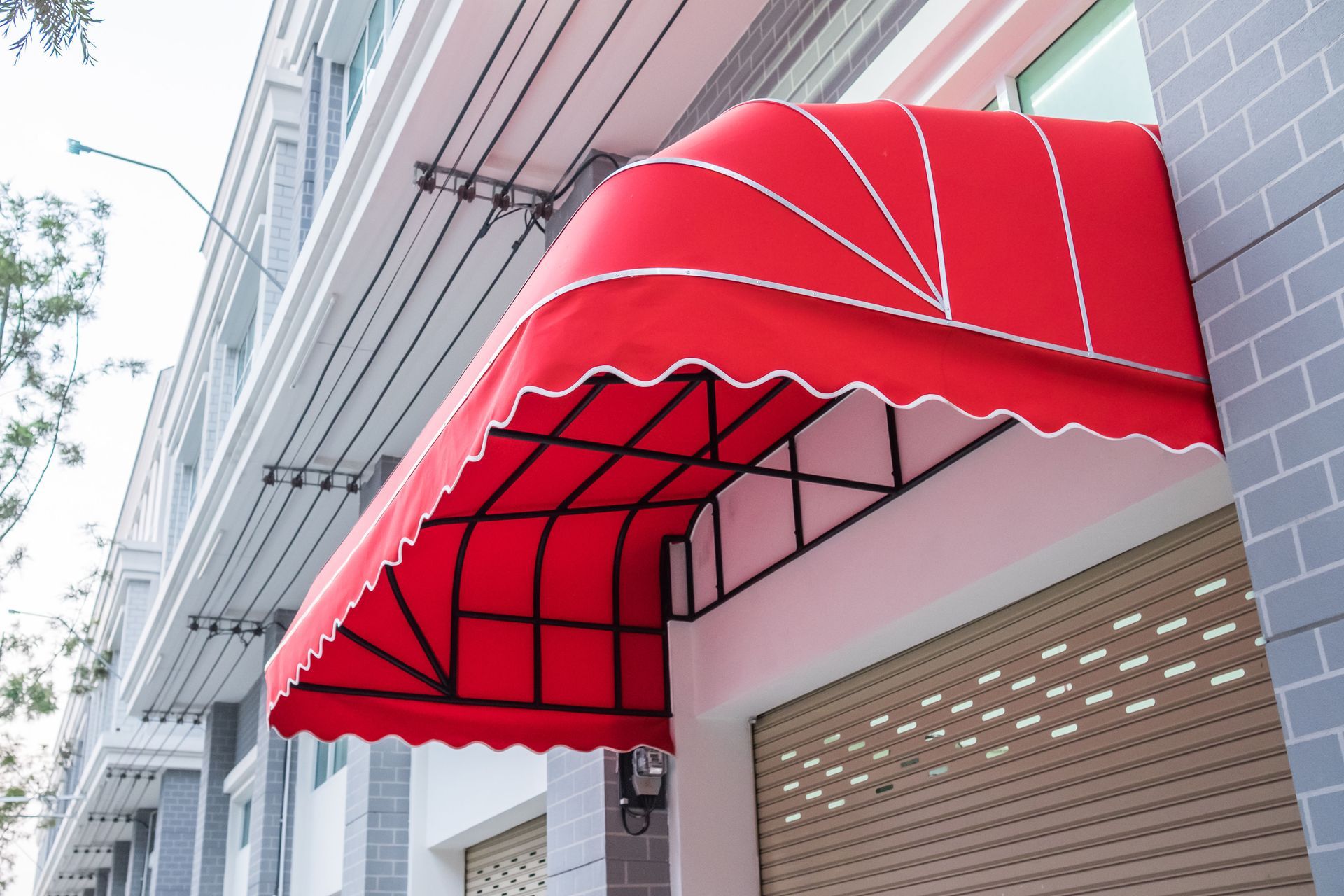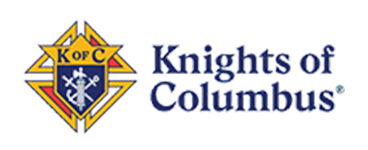November 21, 2025
When homeowners initiate conversations around upgrading outdoor environments, the dialogue often pivots toward strategic shade solutions—specifically, awnings. As consumer expectations continue to trend toward high-performance materials, lifecycle value, and turnkey installation workflows, it becomes essential to engage your local installation expert with a structured inquiry set that drives clarity, mitigates friction, and ensures long-term ROI. By asking targeted questions anchored in operational rigor, you position yourself to secure an awning solution that performs seamlessly across seasonal demands while aligning with your property's broader aesthetic and functional objectives.
To support informed decision-making and streamline your vendor engagement, below are critical conversation touchpoints crafted to keep your project aligned with best-in-class installation standards. These questions empower you to establish a transparent scope, verify technical competencies, and validate that the proposed awnings deliver sustainable value across their full service cycle.
1. What Material Options Will Ensure Long-Term Product Longevity?
Your first order of business should be understanding the full spectrum of material substrates your installation expert can deploy. The market offers a diverse mix—ranging from high-tensile fabrics to advanced aluminum systems—each engineered for distinct performance outcomes. When you ask about material durability, you're not merely requesting a product comparison; you are initiating a strategic conversation about lifecycle management. According to Home Guide, most awnings last from five to 15 years with proper cleaning and maintenance. This data point underscores the importance of clarifying not only which materials are available but also how their maintenance requirements impact long-term operational efficiency. A seasoned installation partner should be prepared to articulate the technical nuances of each option, their environmental resilience, and how they align with your expected usage model.
2. What Installation Timelines Will Optimize Overall Project Planning?
Your next conversation should address implementation timelines, as deployment efficiency plays a critical role in minimizing disruption and preserving customer experience continuity. Every awning installation has a lifecycle that includes site assessment, fabrication, scheduling, and execution. Asking your expert to walk you through the projected timeline helps you align internal commitments—such as landscaping updates or exterior renovations—with the installation process. A transparent timeline discussion also reveals the installer's workflow maturity. Competent awnings professionals will offer a predictable, milestone-based breakdown that enables you to forecast completion with enterprise-level accuracy.
3. What Structural Requirements Will Maximize System Stability?
Before installation can proceed, the structural integrity of your property's attachment points must be evaluated. Asking your installation expert to clarify load-bearing requirements, anchoring methodologies, and engineering considerations lays the groundwork for a resilient final product. This is particularly relevant for retractable awnings, which introduce dynamic motion and thus require enhanced mounting stability. When your installer demonstrates a command of structural assessments, you gain confidence that the awnings will deliver consistent performance even under heightened weather conditions. This question also opens the door to discussing code compliance and ensuring all work aligns with regional standards and permitting frameworks.
4. What Fabrication Processes Will Guarantee Consistent Quality Control?
Today's consumers increasingly desire bespoke solutions tailored to architectural style, shading needs, and brand-aligned aesthetics. By asking your installation expert to walk you through the fabrication process, you are conducting due diligence on their quality assurance ecosystem. High-performing awnings rely on precision engineering—from stitching integrity to frame construction to UV-resistant coatings. A provider capable of articulating these steps demonstrates operational sophistication and a commitment to delivering a product that meets professional-grade benchmarks. This discussion can also highlight whether your installer handles fabrication in-house or outsources, giving you visibility into turnaround times and quality oversight.
5. What Warranty Coverage Will Support Long-Term Value Creation?
Warranty structures are more than a line item—they are an indicator of how deeply a provider stands behind their work. When you ask your installation expert to clarify warranty terms, you're evaluating the organization's commitment to lifecycle stewardship. Robust coverage frameworks speak volumes about product reliability, installation precision, and vendor accountability. This line of inquiry should yield insights into what components are covered, the duration of protection, and the scope of service responses should issues arise. Because awnings represent a long-term investment, aligning warranty parameters with your performance expectations is crucial for sustaining operational continuity.
6. What Maintenance Protocols Will Extend Product Performance?
While awnings are designed to elevate outdoor comfort and architectural appeal, their longevity hinges on proper maintenance. Asking your installation expert to outline their recommended maintenance protocols positions you to proactively manage asset health. Whether your awnings are stationary or retractable, fabric-based or metal-based, each configuration comes with its own care requirements. Your expert should be able to articulate cleaning cycles, lubrication checkpoints, weather-readiness strategies, and seasonal best practices. A provider who communicates these clearly demonstrates a customer-centric approach that ensures you maximize the lifespan of your investment.
7. What Customization Pathways Will Align With Design Objectives?
Aesthetic cohesion is a core decision driver for property owners seeking awnings. By inquiring about customization options, you create space to explore a comprehensive range of color palettes, fabric patterns, valance styles, projection lengths, and operational features. Your installer should be able to articulate how each customization element impacts visual alignment, shading output, and long-term durability. These conversations ensure the final installation becomes a strategic extension of your property's architectural identity rather than a standalone accessory. An expert with robust customization capabilities positions you to achieve both functional and visual ROI.
8. What Operational Mechanisms Will Support Seamless Daily Usability?
Modern awnings come with a spectrum of operational mechanisms, including manual systems, motorized functions, wind sensors, and smart-home integration. Asking your installation expert to break down these options gives you actionable insights into ease of use, energy efficiency, and user-experience optimization. If motorization is on your radar, this is the moment to inquire about motor brands, power requirements, automation capabilities, and long-term maintenance expectations. Getting clarity here is mission-critical for ensuring the awnings you select align with your household's operational workflow and convenience profile.
9. What Weather Considerations Will Strengthen Performance Expectations?
Your final decision should be grounded in how awnings will perform within your region's weather patterns. This makes it essential to ask your installation expert how each product type handles UV exposure, rain, humidity, and wind loads. Coastal, tropical, or high-sunlight regions demand heightened material durability and elevated structural safeguards. A knowledgeable expert will provide clear insights into which systems deliver optimal resilience for your environment. This ensures your awnings not only enhance your outdoor footprint but also maintain functionality and visual integrity through varying weather cycles.
10. What Cost Frameworks Will Ensure Complete Budget Transparency?
While cost is a foundational element in any home upgrade decision, the goal is not simply to identify a number—it's to secure cost transparency and full lifecycle clarity. By asking your installation expert to map out the cost breakdown, you unlock an operational understanding of how materials, labor, customization, and technology features influence the final investment profile. Strong installers provide a transparent cost architecture that empowers you to assess value through a strategic, future-focused lens. This level of clarity equips you to compare proposals effectively and select the awnings solution that aligns with your financial and functional priorities.
Engaging your local installation expert with targeted, forward-thinking questions isn't about scrutinizing their process—it's about establishing a collaborative framework that produces superior outcomes. Awnings represent a high-impact upgrade that can elevate curb appeal, enhance outdoor usability, and increase property value when approached with a structured evaluation process. By clarifying material options, confirming timelines, validating structural requirements, exploring customization, assessing warranties, and reviewing operational mechanisms, you set the stage for a high-performance final installation that supports long-term satisfaction. If you're looking for quality awnings, contact Surfside Awning today.






